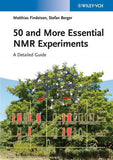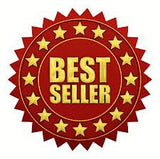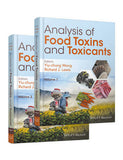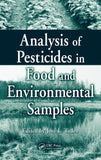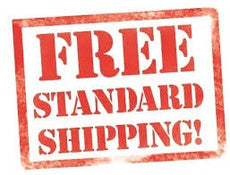Analysis of Cosmetic Products Edited by Amparo Salvador
Edited by
Analysis of Cosmetic Products advises the reader from an analytical chemistry perspective on the choice of suitable analytical methods for production monitoring and quality control of cosmetic products. In the format of an easy-to-understand compendium of published literature on the subject, this book will enable people working in the cosmetic industry or in research laboratories to:
* become familiar with the main legislative and analytical literature on this subject and
* learn about and choose suitable analytical procedures for production monitoring and control of cosmetic products, according to their composition.
The first section of Analysis of Cosmetic Products covers various definitions and concepts relating to cosmetic products, current legislation in different countries and specific legislation on ingredients. The central body of the book addresses analytical methods for monitoring and quality control of cosmetic products with the fundamental objective being to enable reader's access to scientific reviews carried out by experts in analytical chemistry. The final section contains a small review of the alternative methods to using animals for cosmetic product evaluation.
TABLE OF CONTENTS :
Part I. General Concepts and Cosmetic Legislation
Chapter 1. General Concepts and Cosmetic Legislation
1.1. General concepts. Current legislation on cosmetics in different countries (L. Gagliardi, S. Dorato).
1.2. Quality control of cosmetic products. Specific legislation on ingredients (B. Fernández, E. González).
Part II. Main Ingredients in Cosmetics. Analytical Methods for Monitoring and Quality Control
Chapter 2. General Overview on Analytical Methods for Cosmetic Ingredients
2.1. General revision of official methods of analysis for cosmetics in different countries (L. Gagliardi et al.).
2.2. General revision of published analytical methods for cosmetics (A. Salvador et al.).
Chapter 3. UV Filters in Sunscreens and Other Cosmetics. Tanning and Whitening Agents. Analytical Methods
Chapter 4. Colouring Agents in Decorative and other Cosmetics. Analytical Methods
Chapter 5. Preservatives in Cosmetics. Analytical Methods.
5.1. Preservatives in cosmetics. Regulatory aspects and analytical methods (S. Polati et al.).
Chapter 6. Perfumes In Cosmetics. Analytical Methods
6.1. Perfumes in cosmetics. Regulatory aspects and analytical methods for fragrance ingredients and other related chemicals in cosmetics (A. Chisvert, A. Salvador).
6.2. Analytical methods to determine potentially allergenic fragrance-related substances in cosmetics(A. Chaintreau).
6.3. Electronic noses in perfume analysis (R.M. Negri).
Chapter 7. Surfactants in Cosmetics. Analytical Methods
Chapter 8. Actives for Skin-Care Products. Actives for Personal Hygiene and other Toiletry Products. Actives with Specific Claims. Analytical Methods.
8.1. General skin-care products. Classification. (P. Cuadrado).
8.2. Personal hygiene and other toiletry products (M.T. Vidal et al.).
8.3. Actives for hair products (excluding hair dyes)(A. Salvador et al.).
8.4. Actives for dental whitening (A. Torrens, P. Montoro).
8.5. Botanical extracts (A. Benaiges, P. Guillén).
8.6. Vitamins (C. Casas).
8.7. Biotechnological actives (I. Vivó, M.D. Plá).
8.8. Analytical methods for actives used in general and specific skin-care, personal hygiene and other toiletry products (A. Balaguer et al.).
Part III. Safety and Efficacy Evaluation
Chapter 9. Alternative Methods to Animal Testing for Cosmetic Products Evaluation


